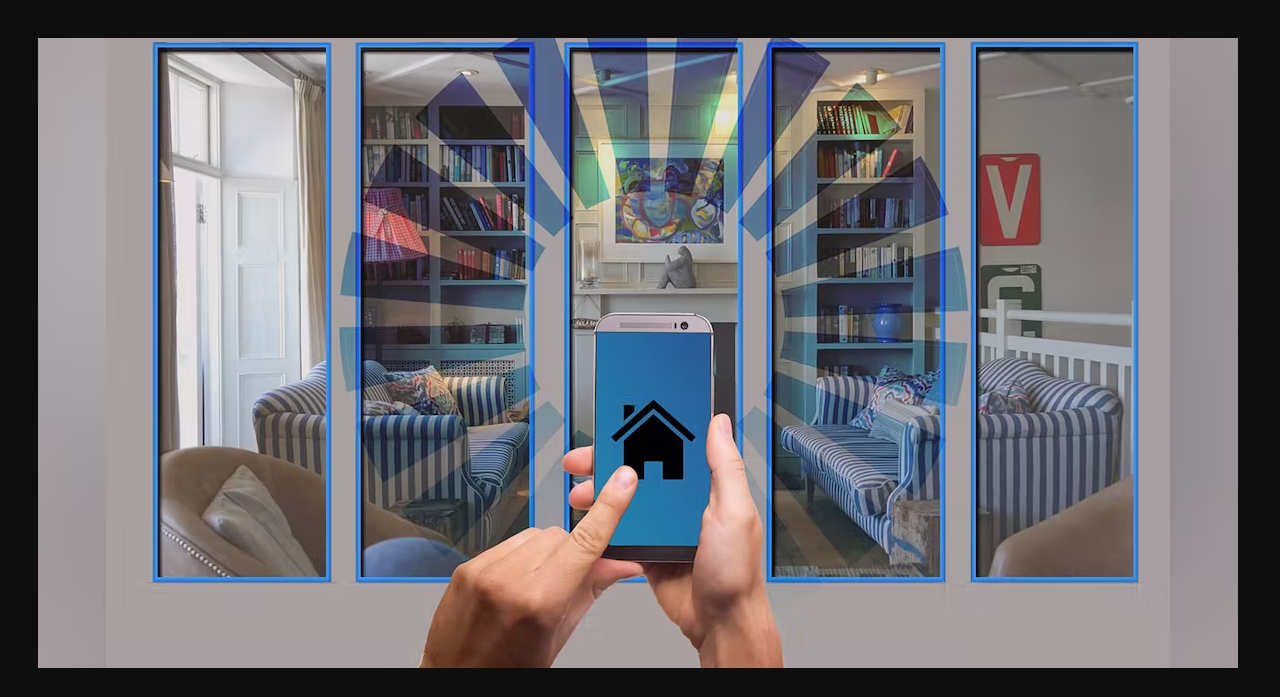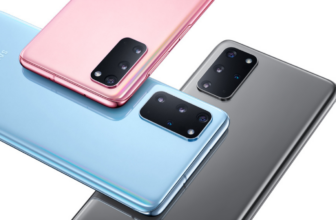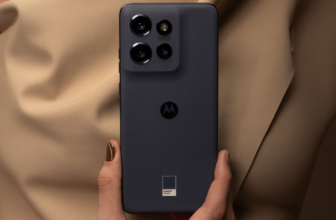
Smart displays are voice-controlled smart speakers that come with full
touchscreen displays. They are great for managing your smart home devices
and displaying helpful daily information. It will play music and videos or display
upcoming appointments, reminders, weather updates, grocery lists, recipes,
current times, and any information you need. All you have to do is shout a
command at it from across the room.
Essentially, two top brands that dominate the market with their smart displays
are Amazon Echo Show and Google Nest Hub. They are available in a variety of
prices and sizes. We compare the various Amazon Echo Shows and Google
Nest Hubs to determine which smart display is right for you.
Amazon Alexa vs. Google Assistant
Voice assistants have come a long way over the last few years. They can easily
beat your smartphones, from voice-activated speakers to touchscreen displays
connecting you to updates and friends in a snap. Amazon and Google are
arguably the best voice assistants with Amazon Alexa and Google Assistant.
Amazon Echo Show devices use Amazon Alexa, while Google Nest devices use
Google Assistant. Both have seen some significant upgrades over the years.
Google Assistant does a better job of parsing the natural language than Alexa.
You can speak more naturally with Google Assistant as it does not get confused
by wordings as easily as Alexa. However, Amazon’s voice assistant has
continuously improved with regular updates.
Alexa has well-designed third-party support with thousands of skills to perform
specific tasks, like telling a story, giving weather updates, or ordering pizza.
Alexa Blueprints allow you to make your own Alexa skills. The skills can be
handy, but they appear more commercial than helpful.
Both voice assistants have become integral to controlling smart home devices,
including popular names like Philips Hue Lights and Nest Thermostats. They
can even start live videos from compatible smart security cameras and
doorbells.
Display screen size
The Echo Show 10 has a 10.1-inch touch screen with 1280-by-800-pixel
resolution, whereas the Google Nest Hub Max has the same resolution withjust a fraction of an inch smaller size (10 inches). The Amazon Echo Show 5 and
the Google Nest Hub have a 5.5-inch screen (960480) and a 7-inch (1024800)
screen, respectively. The Echo Show 8 ranks between Echo Show and Nest Hub
Max with an 8-inch display screen (1280*800) for the sharpest picture.
Next is the Echo Show 15, with the largest first-party smart display currently in
the market. It has the biggest screen of 15 inches with a 1920-by-1080
resolution. The Echo Show 15 is designed mainly for wall mounting, serving as
a sophisticated home hub that looks like a framed picture. However, unlike
other Echo devices, it is not intended to sit on a desk, counter, or nightstand.
The Echo Show 10 has unique motorized features that can rotate the screen to
follow you as you use it. That’s a highly intuitive and useful feature in a smart
device. The Echo Show 10 automatically moves to follow you throughout the
room, unlike other smart displays that require you to stand in a specific area to
see the screen. This is where Echo Show 10 out as you comfortably place it
anywhere you want to follow you. The only downside is that the rotating
feature does not work in the dark.
The newly updated Amazon Echo Show 8 can also follow you using digital
zoom, but it can’t physically rotate. The Nest Hub Max does not have these
rotating features.
Amazon Echo and Google Nest series support Netflix and Hulu. All the Echo
Show smart displays provide access to Amazon Prime videos. Prime is not
available on Nest devices, but they have a slight edge with Disney+, YouTube,
YouTube TV, Sling TV, and Google Cast support for streaming countless other
compatible apps from your Android phone.
Sound quality
The Nest Hub Max has good sound quality, but it does not even come close to
the booming power of the Amazon Echo Studio speaker. The Echo Show 5 and
the Nest Hub sound average with smaller, less powerful speakers. The Echo
Show 8 has a well-balanced, solid audio experience that does not reach the
volume levels of the Echo Show 10 but is far better at filling a room than the
Echo Show 5.
As for streaming music, the Echo Shows support Amazon Music, Spotify, and
Apple Music, while the Nest Hubs support Google Play Music, YouTube Music,Pandora, SiriusXM, and iHeartRadio. Both smart devices have Bluetooth to stream your favorite playlist from your smartphone or other devices.
Video call quality
The Amazon Echo series lets you communicate via video chats with other users
who have an Echo Show in their homes or through their phones with the Alexa
app. It works with Skype. The other two larger sizes work with Zoom and
Amazon’s Chime videoconferencing service. On the other hand, the Google
Nest Hub lacks a camera but can still help you accept video calls and use voice
chats. The Google Nest Hub Max is the only first-party Google smart display
capable of making full video calls. Google Duo can be used to connect with
other Google users.
Final verdict
Choosing the correct display depends on how much you want to spend, where
you plan to put it, and the streaming services you want to use. Larger screens
are better for rooms with ample spaces, a screen you can see from afar and
louder sound to reach you at any corner of the room. The smaller screens are
better suited for study, work, or bedroom. Amazon Echo and Google Nest
come with pretty solid models, so you can’t go wrong.









